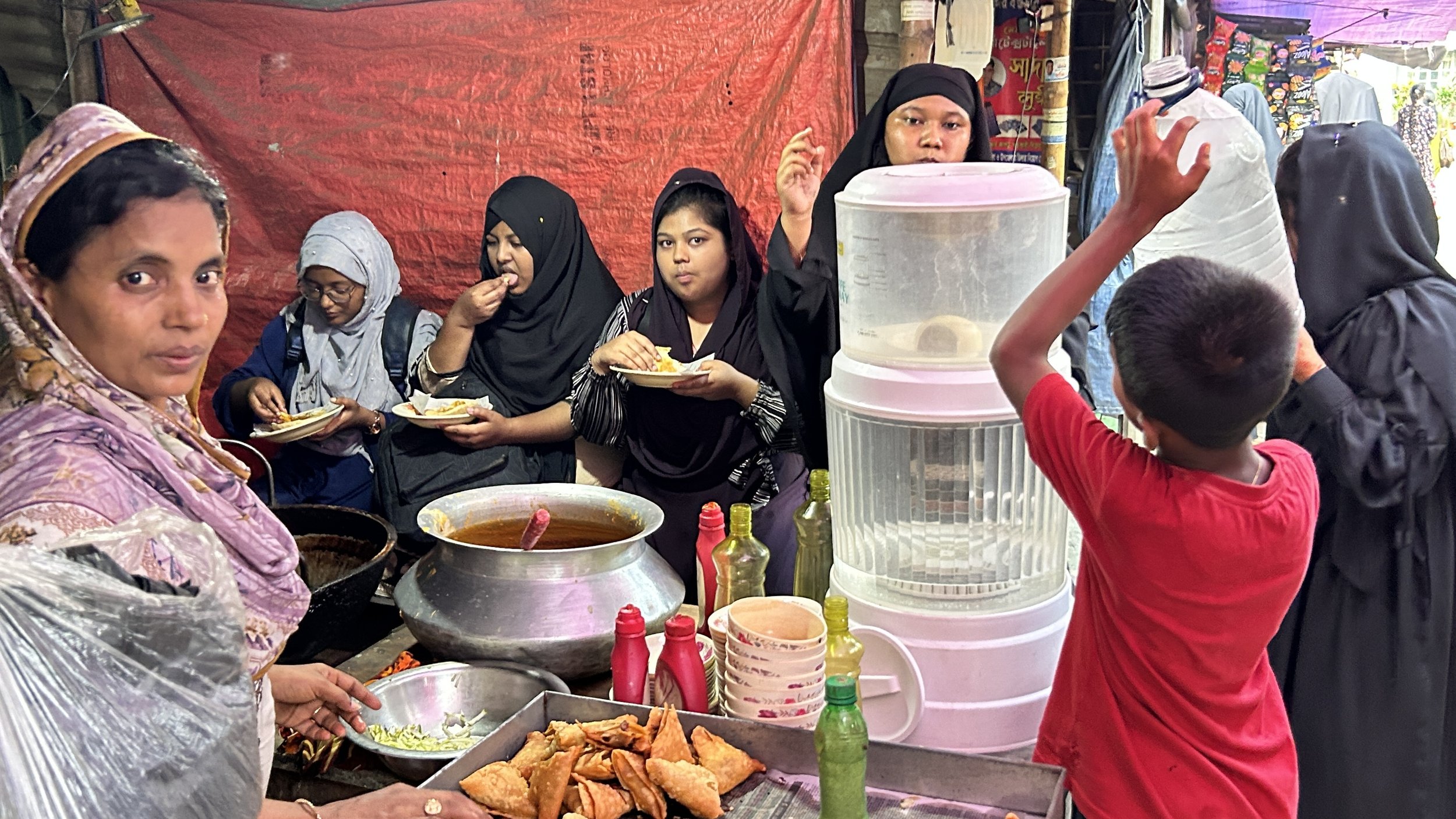Microfinance is a financial service aimed at empowering individuals and small businesses, particularly in developing countries, by providing them with access to affordable loans and other financial services that are often inaccessible to the underprivileged sectors of society.
What is Microfinance?
Empowering Communities and Transforming Lives
How It Works
Microfinance operates by offering small loans to individuals who lack access to traditional banking services. These loans are designed to help recipients start or expand small businesses, improve their homes, or invest in education or healthcare. The process often involves group lending, where a small group of borrowers collectively guarantee each other’s loans, thereby reducing the risk of default.
The Origin of Microfinance
Microfinance has its roots in Bangladesh, where it was pioneered as a response to severe poverty and economic exclusion. The concept was brought to life by Professor Muhammad Yunus in the 1970s. While working as an economics professor at Chittagong University, Yunus began lending small amounts of money to impoverished villagers in Jobra, Bangladesh. He discovered that these small loans had a profound impact, enabling borrowers to start small businesses and improve their living conditions.
Philosophy of Microfinance
The philosophy of microfinance is grounded in the belief that access to financial services is a fundamental right and a powerful tool for poverty alleviation. Microfinance aims to provide the underprivileged with opportunities to become self-sufficient and improve their economic conditions. It is based on principles of trust, accountability, and social capital, often relying on group lending models to foster community support and reduce default rates.
Grameen Bank – the First Microfinance Institution
The first microfinance institution, Grameen Bank, was founded by Muhammad Yunus in 1983. Grameen Bank's innovative approach involved providing small, collateral-free loans to the rural poor, particularly women, who were traditionally excluded from formal banking systems. The success of Grameen Bank demonstrated the viability of microfinance as a means of economic development and inspired the creation of similar institutions worldwide.
Microfinance Today
The microfinance industry has evolved significantly since its inception. Today, it encompasses a wide range of financial services, including microinsurance, microsavings, and mobile banking. There are currently 10,000 MFIs operating worldwide, serving 140 million borrowers, over 90% are women.
Technological advancements have played a crucial role in expanding the reach of microfinance, enabling financial inclusion in even the most remote areas. Digital platforms and mobile applications have made it easier for microfinance institutions to deliver services efficiently and effectively.
Microfinance in Bangladesh
In Bangladesh, the microfinance industry continues to thrive and evolve. It remains a critical component of the country's efforts to reduce poverty and promote economic development. Institutions like Grameen Bank, BRAC, and ASA have expanded their services to reach millions of people across the country. These institutions not only provide financial services but also offer training and support to help borrowers succeed.
The impact of microfinance in Bangladesh is evident in the improved living standards and economic stability of its recipients. By enabling entrepreneurship and self-employment, microfinance has helped lift millions out of poverty and contributed to the country's overall economic growth.
Developmental Impacts
Microfinance has proved to be a powerful tool for economic development and poverty reduction. By providing access to financial services, microfinance empowers individuals, promotes economic inclusion, and transforms communities. The benefits of microfinance extend beyond poverty alleviation to include women empowerment, entrepreneurship, and sustainable development. As the industry continues to grow, microfinance holds the promise of lifting millions out of poverty and building a more inclusive and equitable world.
Poverty Alleviation
Microfinance plays a crucial role in poverty alleviation. By providing low-income individuals with access to financial services, microfinance enables them to invest in income-generating activities, improve their living standards, and achieve financial independence. Studies have shown that microfinance can significantly reduce poverty levels by increasing household income and assets. It is particularly effective in lifting the bottom of the pyramid out of poverty.
Women Empowerment
One of the most significant benefits of microfinance is its impact on women empowerment. In many developing countries, women are often excluded from formal financial systems. Microfinance provides them with the opportunity to start and grow their businesses, gain financial independence, and contribute to their families and communities. Empowering women through microfinance not only improves their economic status but also enhances their social and political standing.
Enabling Entrepreneurship
Microfinance enables entrepreneurship in the poorest communities by providing the necessary financial support to start and grow small businesses. In areas where traditional banking services are inaccessible, microfinance institutions step in to offer microloans, which can be used to purchase supplies, equipment, or inventory. This support allows individuals to become entrepreneurs, generate income, and create jobs within their communities. By fostering entrepreneurship, microfinance helps to build sustainable local economies and reduce dependence on external aid.
Sustainability
While charity can provide immediate relief, microfinance offers a sustainable solution to poverty. Unlike charity, which often creates dependency, microfinance fosters a sense of ownership and responsibility. Microfinance empowers individuals to become self-reliant and build their own economic futures. Borrowers are motivated to repay their loans, which creates a revolving fund that can benefit others in the community. This sustainable approach ensures that the impact of microfinance is long-lasting and far-reaching.








